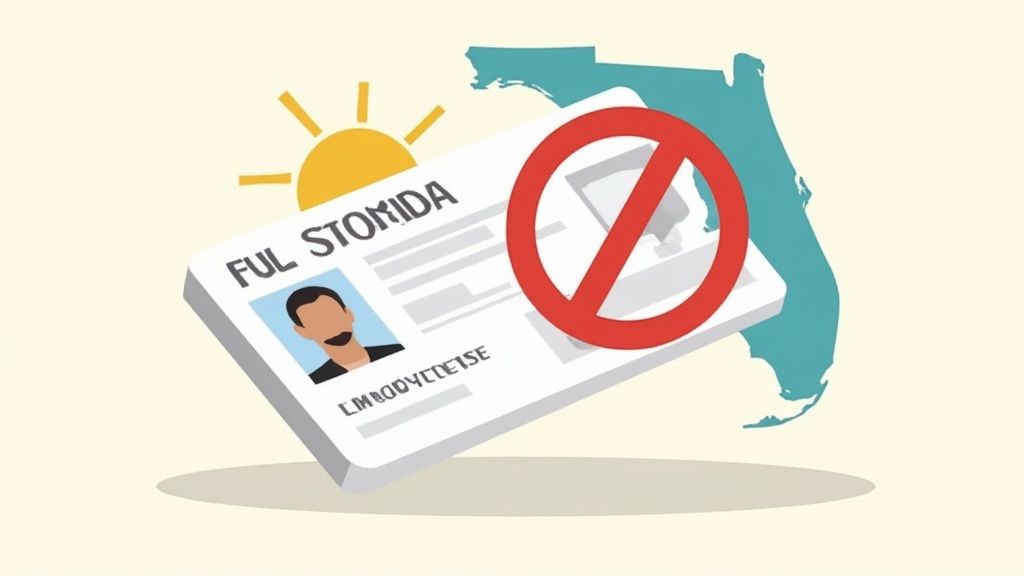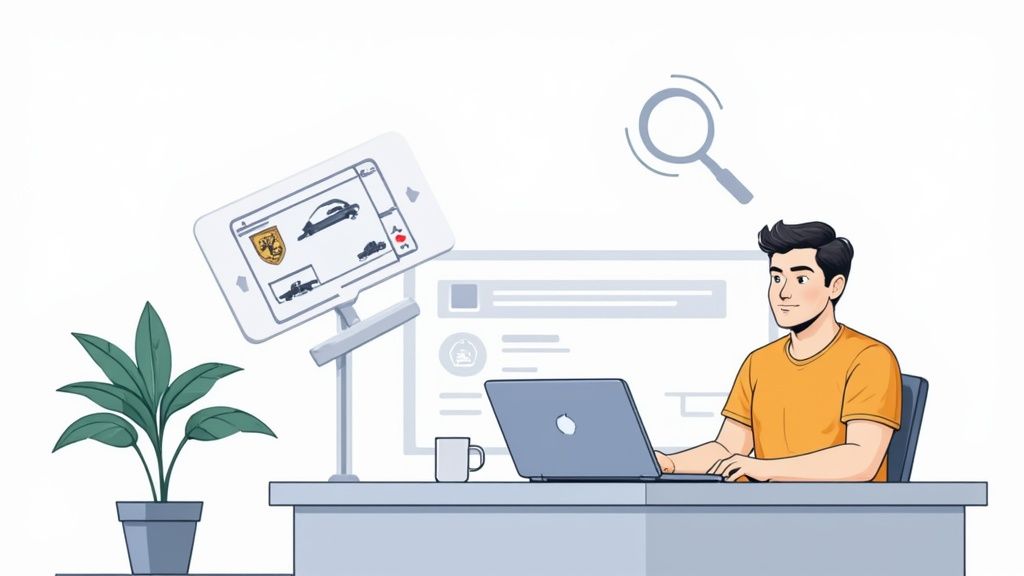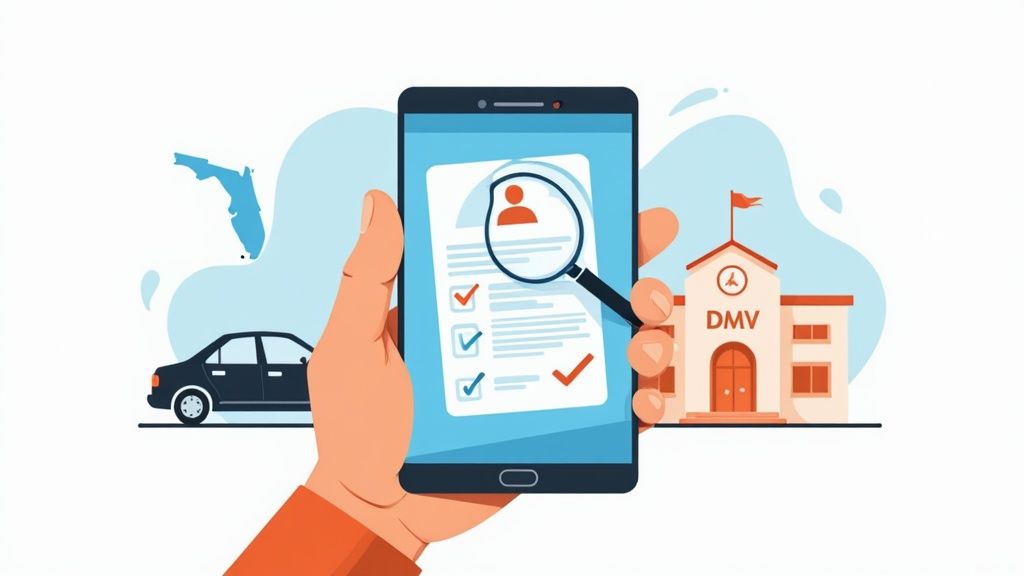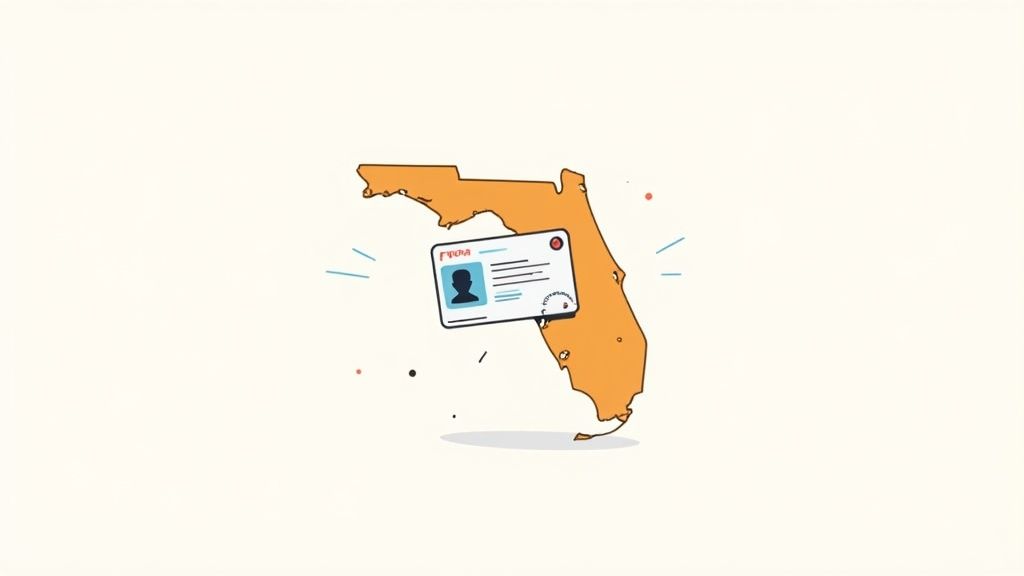Taking a drivers ed course is a big step on the path to getting your driver’s license. It is the official starting point for learning how to drive safely. This guide helps new drivers understand what to expect.
A driver improvement course builds a solid foundation for safe driving habits. The main goal is to teach the rules of the road and the importance of being a responsible driver from the very beginning.
Understanding the Foundation of Safe Driving

A drivers ed course is your official introduction to roadway laws. It was created to prepare young drivers for the serious responsibility of operating a car. Instead of just memorizing facts for a test, the program focuses on creating a mindset of awareness.
This important course covers traffic laws, road safety basics, and the serious dangers of impaired driving. Therefore, it acts as a tool to lower the number of collisions involving new drivers. It gives them critical knowledge before they even start the car. The whole program is built to address the specific risks young drivers face. As a result, every lesson is both relevant and helpful.
What the Course Covers
The course is divided into several key areas that are vital for any new driver. Each part builds on the one before it, creating a strong base of knowledge. You will learn about:
- Traffic Laws: This includes everything from speed limits and right-of-way rules to what to do at a tricky intersection.
- Road Sign Recognition: You’ll learn to quickly recognize and react to signs. This is a skill you must have for safe driving.
- Physiological Factors: The course explains how things like being tired or stressed can impact your judgment on the road.
- Substance Abuse Dangers: A big part of the defensive driving class is about the life-altering results of driving under the influence of alcohol or other drugs.
According to the National Highway Traffic Safety Administration (NHTSA), distracted driving is a major problem, especially for young drivers. In 2022, distracted driving was a factor in 3,308 traffic fatalities. For more details, you can review the latest data on the NHTSA distracted driving page.
More Than Just a Requirement
While a drivers ed course is often required, its real value is much more than just checking a box. Finishing a driver improvement course helps you develop safe habits that will last a lifetime. In addition, the lessons provide the context you need to make smart choices in unexpected situations.
Furthermore, this course is your key to getting a learner’s permit. Passing it proves you have the basic knowledge to start practicing with a supervising driver. Think of it as the classroom part of your training. It sets you up for the hands-on experience that comes next. The mix of learning and practice creates a confident and safe new driver.
State Spotlight: Florida’s Distracted Driving Laws

Every state has laws to make roads safer, and Florida has specific rules about distracted driving. These laws are very important for new drivers to understand.
Florida’s primary law is the “Wireless Communications While Driving Law.” This law makes it illegal to text while driving. Specifically, you cannot manually type or read messages on a phone or similar device while the car is moving. This is a primary offense, which means a police officer can pull you over just for this.
For teen drivers, the rules are even stricter in certain areas.
Distracted Driving in Special Zones
Florida law gets tougher in school zones and work zones. In these areas, drivers are not allowed to use a handheld wireless device at all. This means no talking, texting, or holding the phone for any reason. The goal is to protect children, pedestrians, and road workers who are more vulnerable.
- School Zones: When you are in a designated school zone during school hours, you must put your phone down.
- Work Zones: Similarly, when construction workers are present in a work zone, handheld phone use is prohibited.
You can read the official details about these rules directly from the source. The Florida Department of Highway Safety and Motor Vehicles provides a clear explanation on its Distracted Driving webpage. Following these laws is a simple way to avoid tickets and, more importantly, prevent a serious traffic incident.
Understanding and obeying these rules is a key part of any drivers ed course.
The Real Benefits of Taking Drivers Ed
Most teens see drivers ed as just one more task before they can get their permit. However, looking at it that way misses the true value. Completing a good defensive driving class is an investment in your safety for years to come.
Think of it less like a school task and more like building a toolkit for a lifetime of smart driving. The skills you learn will help you handle real-world situations and avoid common mistakes.
Building a Foundation for Lifelong Safety
At its core, a quality drivers ed course is about building a strong foundation. The entire program is designed to address the biggest risks new drivers face. This includes everything from understanding confusing traffic laws to knowing the real dangers of distracted driving.
This formal training is becoming more important. The Insurance Institute for Highway Safety (IIHS) provides extensive research on teen driver risks. Their studies show that structured programs help reduce crash rates among young drivers. You can learn more from their teen drivers topic page.
This course gives you a safe place to learn essential defensive driving skills.
- Spotting Hazards: You’ll learn how to see potential trouble before it becomes an emergency.
- Avoiding Collisions: The course gives you practical skills and, more importantly, the right mindset to steer clear of collisions.
- Understanding Consequences: A large part of the class is about the real-world results of bad choices, like what happens when you text and drive.
It is all about helping you become a proactive driver instead of just reacting to things.
Avoiding Tickets and Collisions
One of the best ways to stay safe and avoid expensive mistakes is to know the traffic laws. This course goes deep into your state’s specific driving regulations. Knowing these laws is not just about avoiding a speeding ticket. It is about making the road a safer place for everyone.
Saving Money on Car Insurance
Here is a benefit that helps your wallet. Completing a state-approved drivers ed course often leads to a nice discount on car insurance. Insurance companies see graduates as lower-risk drivers. They know you have been trained in defensive driving. Because you are less likely to be in a traffic incident, they often offer a lower price. Over time, this discount can mean real savings.
What’s Inside a Drivers Ed Course?
So, what will you learn in a state-approved drivers ed course? Let’s look at the curriculum. It is not just about memorizing facts for a test. It is about understanding the “why” behind every rule.
The course builds your skills from the ground up. It starts with the basics of traffic law and moves into the critical thinking skills that good drivers need.
Mastering Your State’s Traffic Laws
A big piece of the puzzle is learning the rules of the road. The curriculum breaks them down into lessons that are easy to remember.
You’ll learn about topics like:
- Speed Limits: It’s more than a number. You’ll learn to adjust your speed for different zones, like school areas or highways.
- Right-of-Way: Who goes first? The course clears up the rules for intersections and stop signs to help prevent collisions.
- Signaling and Lane Changes: It’s all about communication. You’ll master the correct ways to let other drivers know your plans.
These lessons are the foundation of your driving career. They give you the knowledge to make smart, confident decisions in traffic.
The Dangers of Impaired Driving
The course gets serious when it comes to impaired driving, and for a good reason. State law often requires this section to make sure every new driver understands the consequences. You’ll learn how drugs and alcohol harm your judgment and reaction time.
The course explains the effects of alcohol on your brain and body. It shows how even a small amount can make you a danger on the road. The lessons are direct and designed to prevent a tragedy. The U.S. Department of Transportation offers detailed information on its impaired driving webpage.
Defensive Driving and Hazard Perception
Knowing the rules is one thing. But what happens when another driver breaks them? This is where defensive driving helps. It is a mindset that teaches you to spot potential trouble early.
The curriculum covers critical skills for staying safe:
- Scanning the Road: Learning to constantly look all around your vehicle to identify risks.
- Maintaining a Safe Following Distance: You’ll learn the “three-second rule,” a simple way to ensure you have enough room to stop.
- Handling Distractions: The course helps you recognize modern dangers and keep your focus on the road.

The curriculum uses a mix of learning methods. It includes quizzes, videos, and interactive lessons. Each part plays a role in building your confidence. By using these different approaches, the course ensures you truly understand how to apply the rules when you’re finally behind the wheel.
Course Curriculum Overview
The table below summarizes the core topics that make up a typical drivers ed course. It gives you a clear picture of what you will learn.
| Module Topic | Key Learning Objectives |
|---|---|
| Traffic Laws & Regulations | Understanding speed limits, right-of-way rules, and traffic signs. |
| Vehicle Operation & Control | Learning the basics of how a car works and proper driving techniques. |
| Physiology & Psychology of Driving | Exploring how attitude and health affect driving ability. |
| The Effects of Alcohol & Drugs | Understanding the severe impact of substances on judgment and reaction time. |
| Defensive Driving Techniques | Learning to anticipate hazards, manage space, and avoid collisions. |
| Sharing the Road | Mastering how to safely interact with pedestrians, cyclists, and motorcycles. |
Each of these modules builds on the last. Together, they create a full educational experience that prepares you for a lifetime of safe driving. The Governors Highway Safety Association (GHSA) also provides state-specific law information that can be very helpful. You can explore GHSA’s resources on state laws for more details.
Frequently Asked Questions
Getting a driver’s license is a big milestone. However, the process can feel confusing. Let’s clear up some common questions about driver’s ed requirements.
What is a driver improvement course and who needs it?
A driver improvement course, also called a defensive driving class, teaches safe driving skills and traffic laws. In many states, it is required for all new teen drivers before they can get a learner’s permit. Some adults getting their first license may also need to take it.
What are common distracted driving risks for teens?
Common risks for teen drivers include texting, talking on the phone, changing the radio, and talking to passengers. Any activity that takes a driver’s eyes or mind off the road is a distraction. The NHTSA reports that young drivers are among the most likely to be distracted.
How do points affect my insurance?
When you get a traffic ticket, points may be added to your driving record. Insurance companies see points as a sign of risky driving. As a result, having points on your record can cause your insurance rates to go up significantly.
Are hands-free devices safer to use while driving?
Research shows that hands-free devices are not much safer than handheld ones. The main problem is the mental distraction of the conversation, not just holding the phone. The safest choice is to avoid all phone use while driving.
Where can I find my state’s official driving rules?
The best source for your state’s driving rules is the official Department of Motor Vehicles (DMV) or a similar state government website. These sites have the official driver’s handbook, which contains all the laws and regulations you need to know.
Ready to get on the road to becoming a safe, confident driver? Our state-approved online course is designed to fit your life, letting you learn on your own schedule.





